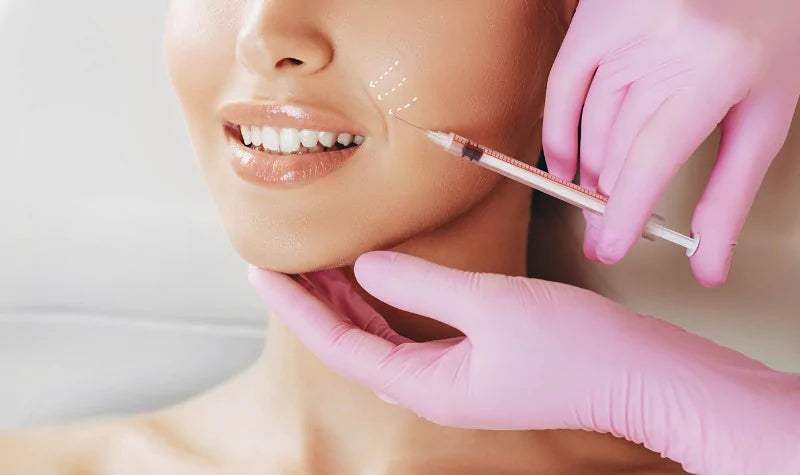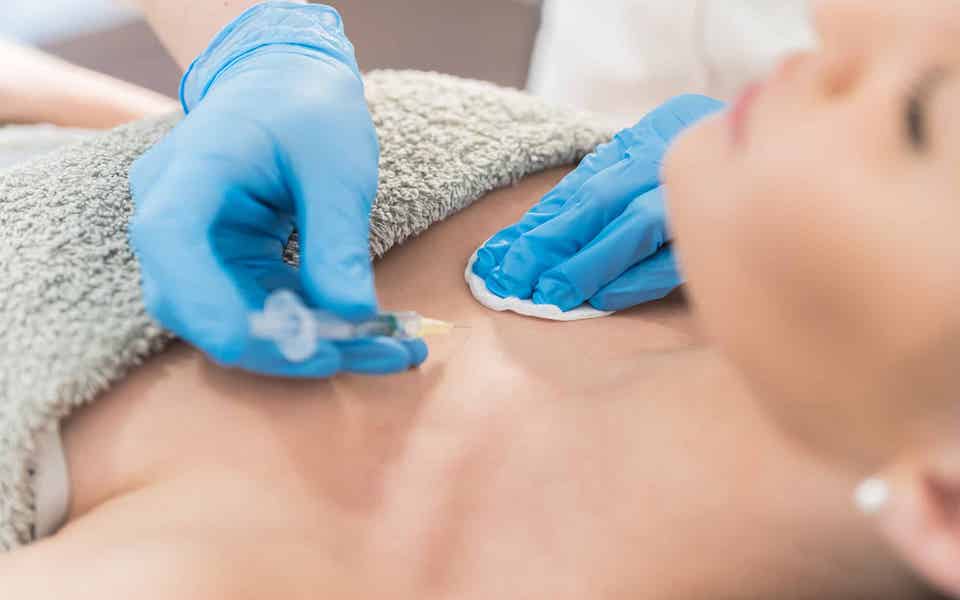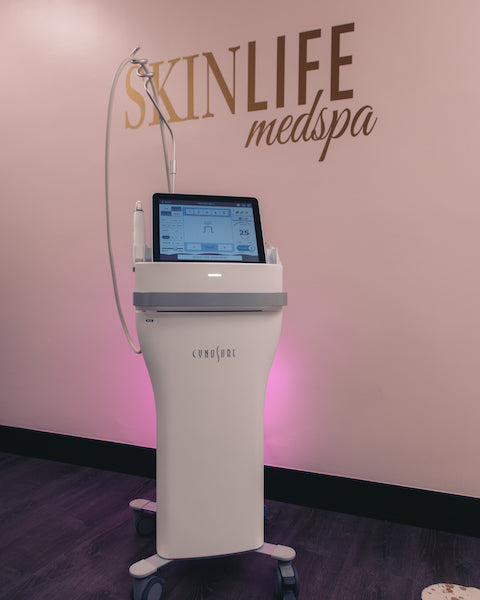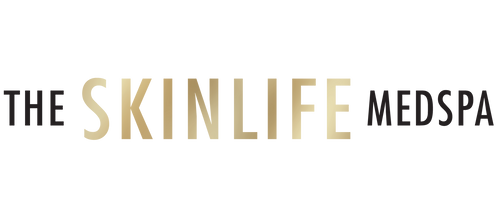
PRP Microneedling
A PRP facial is a combination of microneedling and platelet-rich plasma (PRP). Microneedling uses short, fine needles to puncture the skin. These needles range in size from .5 to 2.5 millimeters. Rest assured, the needles feel like tiny pinpricks and only go skin-deep. The pricks are used to “injure” the skin, prompting your skin to heal itself by producing elastin and collagen, and allowing the PRP to penetrate deeper.
Once the microneedling is completed, PRP is applied to your skin topically. PRP is a concentrate of platelet-rich plasma protein produced from blood. PRP has a large concentration of growth factors, helping tissue to heal and repair, treating all types of skin issues.
There are many benefits to the PRP facial, including boosting the turnover of skin cells, improving skin tone and texture. Microneedling with PRP will also reduce fine lines and signs of aging. This treatment can be especially helpful for those who suffered from acne and have visible acne scars or skin damage from prolonged exposure to the sun.
PRP Face Lift
A PRP facelift is a cosmetic procedure that uses the patient’s blood.
Unlike a PRP facial, which uses microneedling, a PRP facelift injects both plasma and a hyaluronic acid filler.
The procedure can make skin look less wrinkled, firmer, and more elastic.


PRP Neck Lift
Plasma is taken from your own blood and then enriched with concentrated platelets, which are then activated to generate additional growth factors. This platelet-rich plasma is then injected back into your neck.
Soon after, the growth factors are spurred to start making new collagen, fibrin matrix, angiogenesis and new cells, leading to improved tightness, tone, and texture.
PRP with Potenza RF Microneedling
PRP combined with RF microneedling involves penetration of micro needles into the dermis and deliver of radio frequency pulses into the targeted tissues.
The micro needles create micro injuries to the dermis and initiate a healing. Injured cells release growth and wound healing signals to undifferentiated cells which cause production of new collagen. This new collagen fills in the wounded areas, acne scars, and thickens the skin. This process of new collagen can last from weeks, to up to 6-8 months after the last procedure. The heat generated by RF (Radio Frequency) produces a healing response that allows the skin to thicken and tighten.
Platelet-rich plasma (PRP) is blood plasma that has a high concentration of platelets. As platelets are organized in the clot, they release several different growth factors, and other cytokines to promote healing. They also attract stem cells to repair the damaged area. When PRP is used in injured or damaged tissue it can help remodel to a healthier and younger state.

